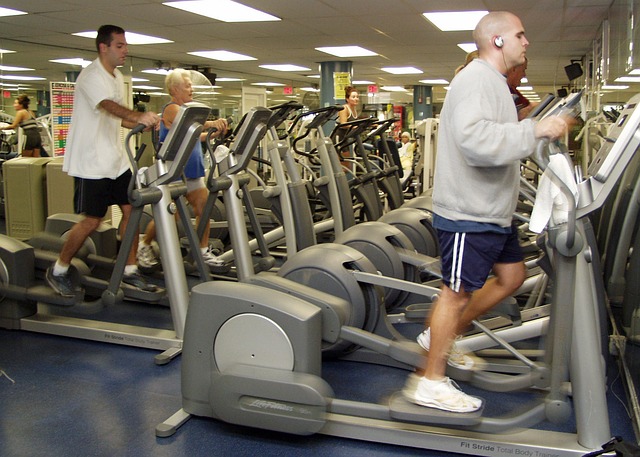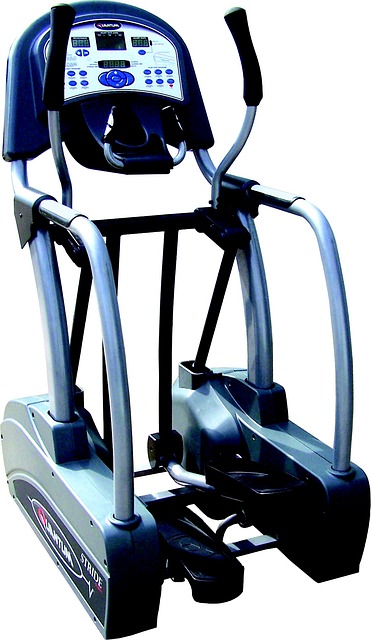
Choosing an elliptical trainer for your home is an important step towards improving your physical health and wellbeing. Elliptical trainers, also known as elliptical trainers, combine elements of running, walking and stair climbing to provide an effective aerobic workout with low impact on your joints.
Determine your training goals
Before choosing an elliptical trainer, decide on your fitness goals. This will help you focus on the models that are best suited to your specific goals. For example, if your goal is weight loss, look for a machine with interval training programmes. If you want to develop endurance, opt for models with adjustable resistance levels and workout duration.
Consider the space in your home
The size of an elliptical trainer is important, especially if your living space is limited. Models range from compact to those that take up a lot of space. Some elliptical trainers have folding mechanisms to save space when storing. Measure the intended space for the exercise machine in your home to make sure the model you choose will fit.
Selecting the type of elliptical track
There are different types of elliptical trainers, each with its own unique characteristics:
- Front-wheel drive elliptical trainers place the flywheel at the front and provide a smoother ride, but take up more space.
- Rear-mounted ellipticals have a flywheel at the back, offering a more compact design and a slightly more natural running path.
- Centrally driven ellipticals, or “running” ellipticals where the flywheel is centrally located, offer a balance between size and workout efficiency.
It is important to personally test the trainer before purchasing to ensure it is comfortable and meets your requirements.
Selection of functions and options
Orthotrackers offer various features that can make your workout more interesting and productive:
- Preset workout programmes: help you diversify your workout and customise it to your personal goals.
- Resistance systems: magnetic resistance systems provide a smoother and quieter ride than air systems. Choose models with easily adjustable resistance levels.
- Heart rate sensors: having heart rate sensors allows you to monitor your heart activity during your workout, which is especially important for people with cardiovascular disease or those who tend to train in a specific heart rate zone.
- Additional options: such as built-in fans, water bottle holders and multimedia ports can make your workout more enjoyable.
Technical specifications and functionality
- Resistance Levels: An important aspect is the availability of different resistance levels, allowing you to customise the intensity of your workout. More advanced models offer electronic resistance control, which makes switching smoother and more convenient.
- Flywheel: The weight of the flywheel directly affects the smoothness of the ride. A heavy flywheel provides a more stable and smooth ride, but these models are often more expensive.
- Workout programmes: Preset workout programmes can add a lot of variety to your workout routine and improve your performance.
- Size and foldability: If you have limited space in your home, you may want to consider compact or folding models.
Comfort and ergonomics
- Stride length: This is one of the key parameters affecting the comfort of use. The stride length should match your height for the most natural and effective workout.
- Handles and footrests: Ergonomic handles and anti-slip footrests increase safety and comfort when exercising.
- Additional features: The presence of sensors, the ability to connect to mobile apps to track progress, and the presence of a phone/tablet holder and water bottle can make your workout more enjoyable and effective.
Budget
The price of an elliptical trainer can range from relatively inexpensive models to high-end exercise machines with advanced features. Determining your budget will help you narrow your search and focus on models you can afford.
User feedback and brand reputation
Before making a choice, research reviews from current elliptical trainers owners and look at brand ratings. Reviews can provide valuable information about reliability, noise level, ease of assembly and overall satisfaction with the exercise machine. Also check how the brand caters to its customers after purchase and the availability of warranty service. Remember that the quality of service and support can greatly improve your experience with the machine.
Place of purchase
Consider different places to buy from: specialised sports shops, online shops or even second-hand platforms. Sometimes you can find bargains or models that are no longer in production but still work perfectly. However, when buying used equipment, be sure to check its condition in person or ask for detailed photos and descriptions.
Trial training
If possible, try the machine before you buy it. This will give you the opportunity to assess whether the elliptical is comfortable for you and whether it is adapted to your height, weight and fitness level. During a trial workout, pay attention to the smoothness of movement, noise level and availability of all necessary functions.
Choosing an elliptical trainer for your home is an investment in your health and well-being, so take the process seriously. Keeping the aforementioned aspects in mind will help you choose an exercise machine that will serve you for years to come, making your workout routine not only effective but also enjoyable. Don’t forget that regularity and enjoying the process is key to achieving your fitness goals. Choose an elliptical that motivates you to get up and move every day.
Explore elliptical trainers and start saving right now at reBITme.com! Earn cashback on every purchase, making your choices even more rewarding. Don’t miss the opportunity – go to reBITme.com!





